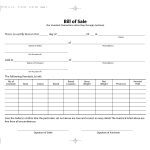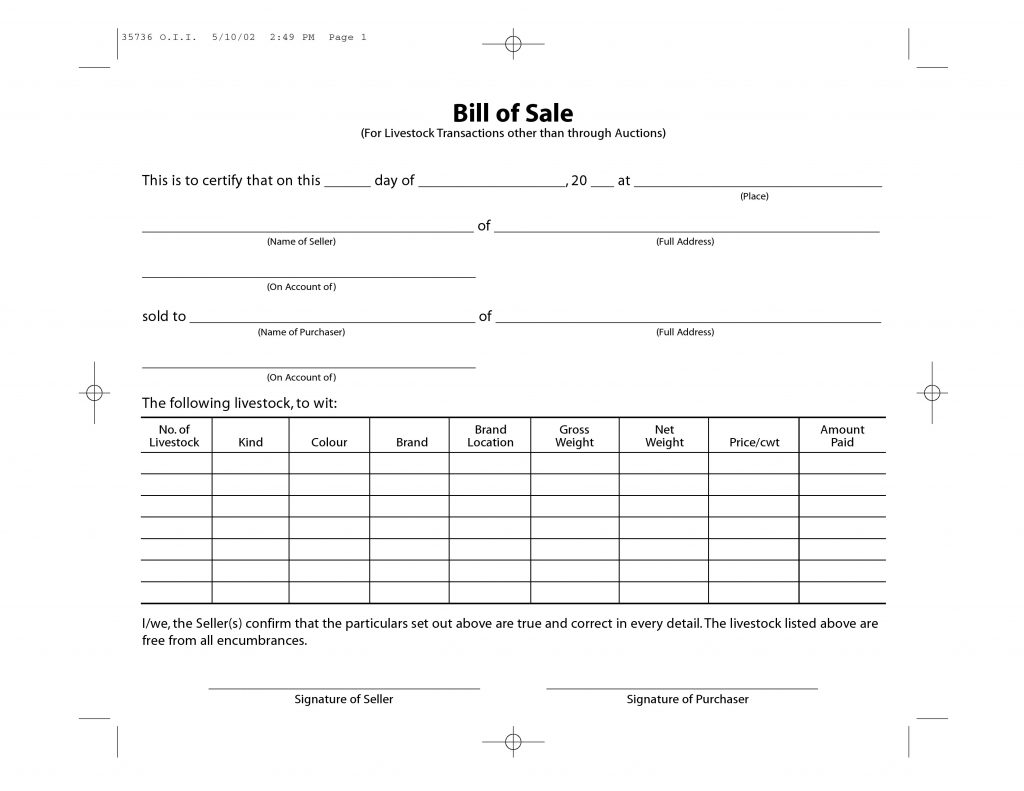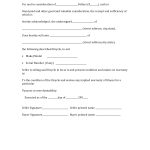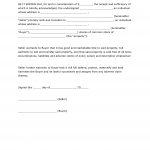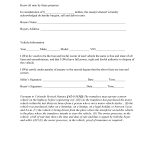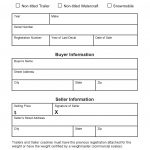Table of Contents
A Livestock Bill of Sale is a legal document commonly used to validate a livestock trade. It contains a record of the transfer of any specified livestock from a seller to a buyer and it’s usually issued by the seller. This document must be duly signed by both parties involved in the transaction since it serves as a proof of the transfer of ownership of the livestock listed in the document.
A livestock bill of sale usually contains information that clearly spells out the state of the livestock in terms of kind/type, gross and net weight, color and branding mark as at the time of the transaction. Other details contained in this bill of sale form include the name and address of both the seller and the buyer, the place where the transaction was accomplished, and the amount paid.
By issuing a bill of sale, the livestock seller protects himself and the buyer as the document is a proof that both parties were aware of and noted the condition of the livestock before completing the transaction. This ensures that the possibility of a dispute arising is virtually non-existent.
How to Write : Livestock Bill of Sale Form
- Step 1: Enter the day, the month, and the year in which the transaction takes place in the first line
- Step 2: Enter the name of the place (town/city) where the transaction is being carried out
- Step 3: Enter the full legal name of the seller followed by the full residential address of the seller
- Step 4: Enter the full name of the organization the seller represents where applicable
- Step 5: Enter the full legal name of the buyer followed by the full residential address of the buyer and where applicable, enter the full name of the organization the buyer represents
- Step 6: List the number or unit of livestock being sold/bought in the first column of the table
- Step 7: State the type of livestock being sold/bought. Type of livestock refers to whether it is camel, cat, cattle, donkey, goat, guinea pig, horse, pig, sheep, or dog or any other livestock in the second column
- Step 8: State the color of the livestock whether it is black, brown, or white or any other color in the third column
- Step 9: State the brand on the livestock in the fourth column. Branding refers to a mark made on a livestock so as to identify its owner
- Step 10: State the part of the body where the branding mark is located in the fifth column
- Step 11: Enter the gross weight of the livestock. That is, its weight without deduction for tare, tret or waste in the sixth column
- Step 12: Enter the net weight of the livestock. Net weight refers to the weight after making deductions for tar, tret and waste in the seventh column
- Step 13: Enter the amount paid per unit of 100 1b or hundredweight (cwt) in the eighth column
- Step 14: Enter the amount paid for the livestock in the ninth column
- Finally, both the seller and the buyer must append their signatures on the livestock bill of sale form.
